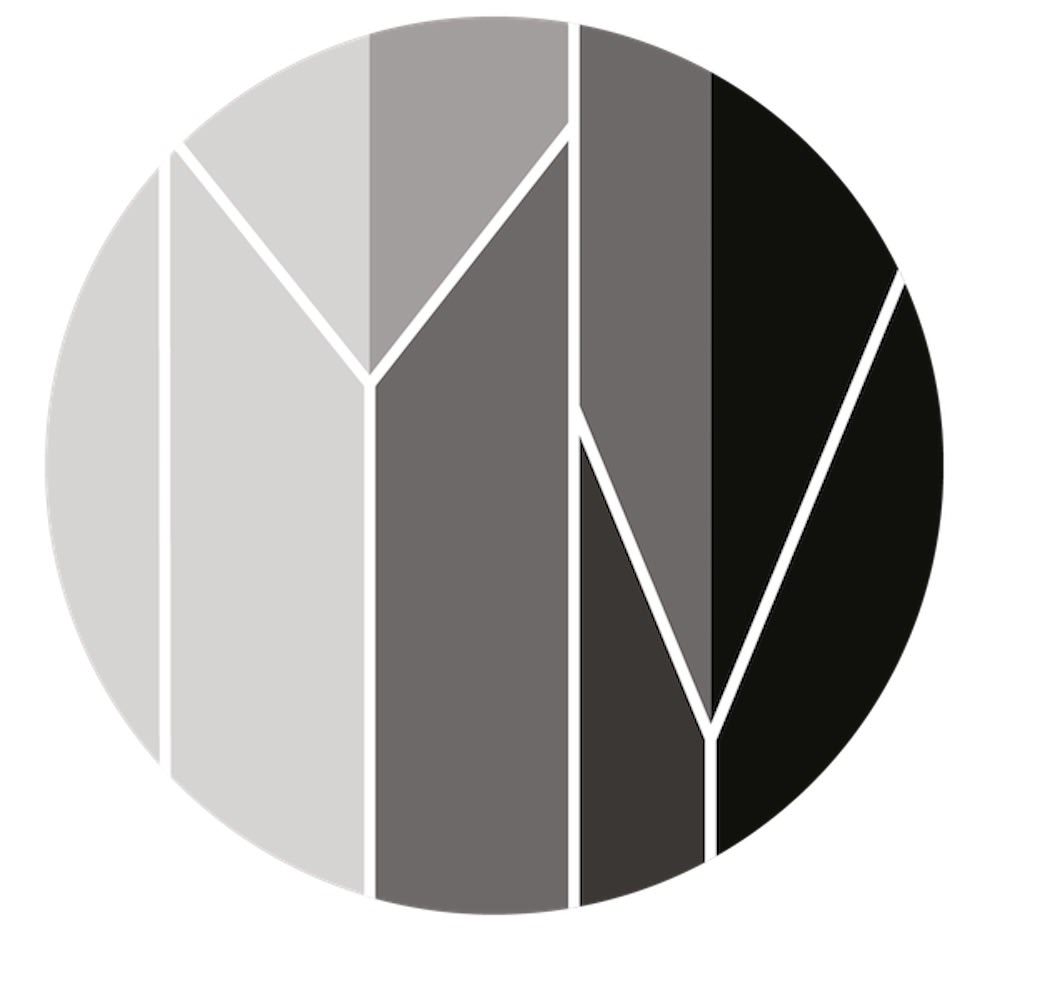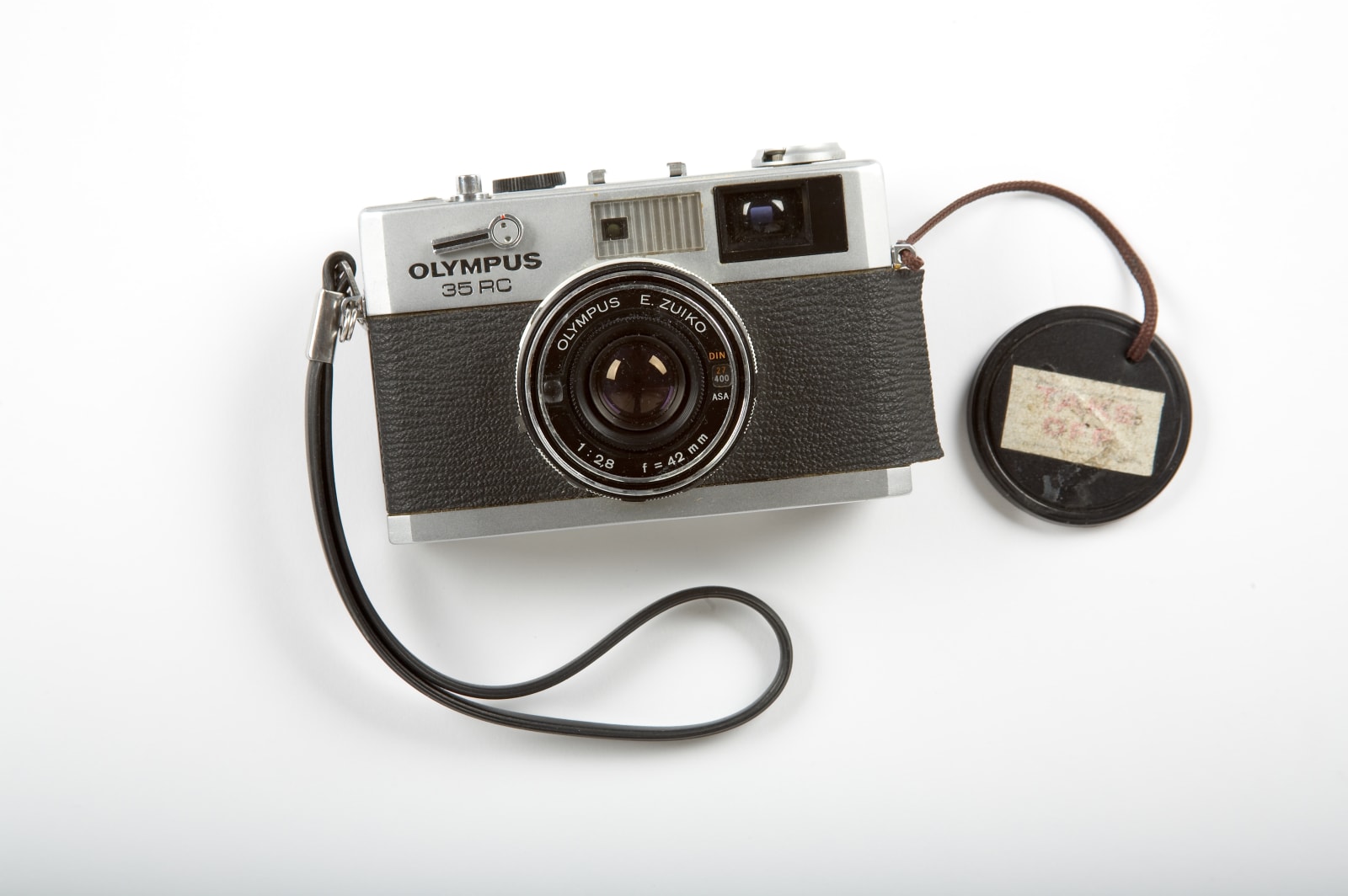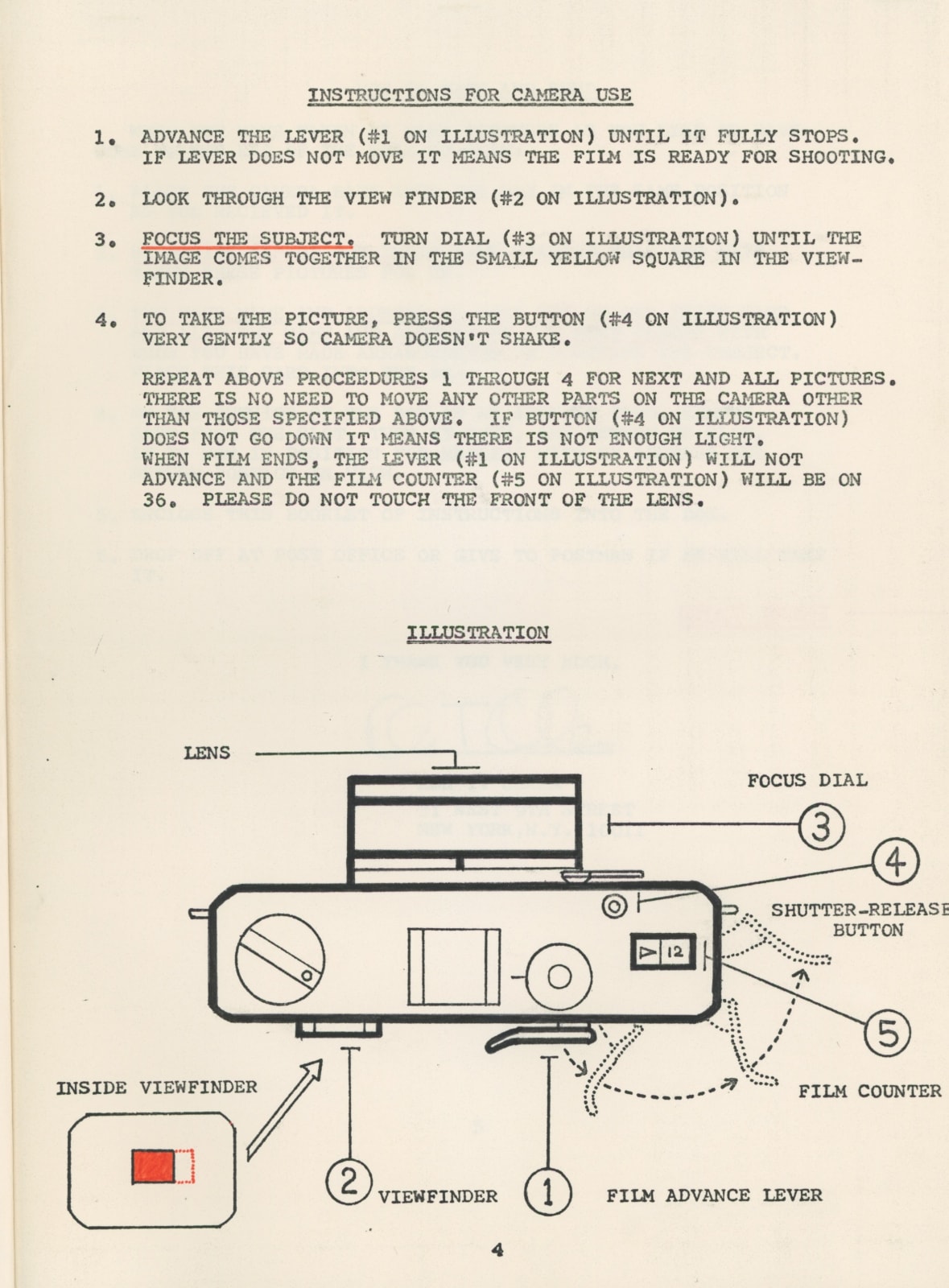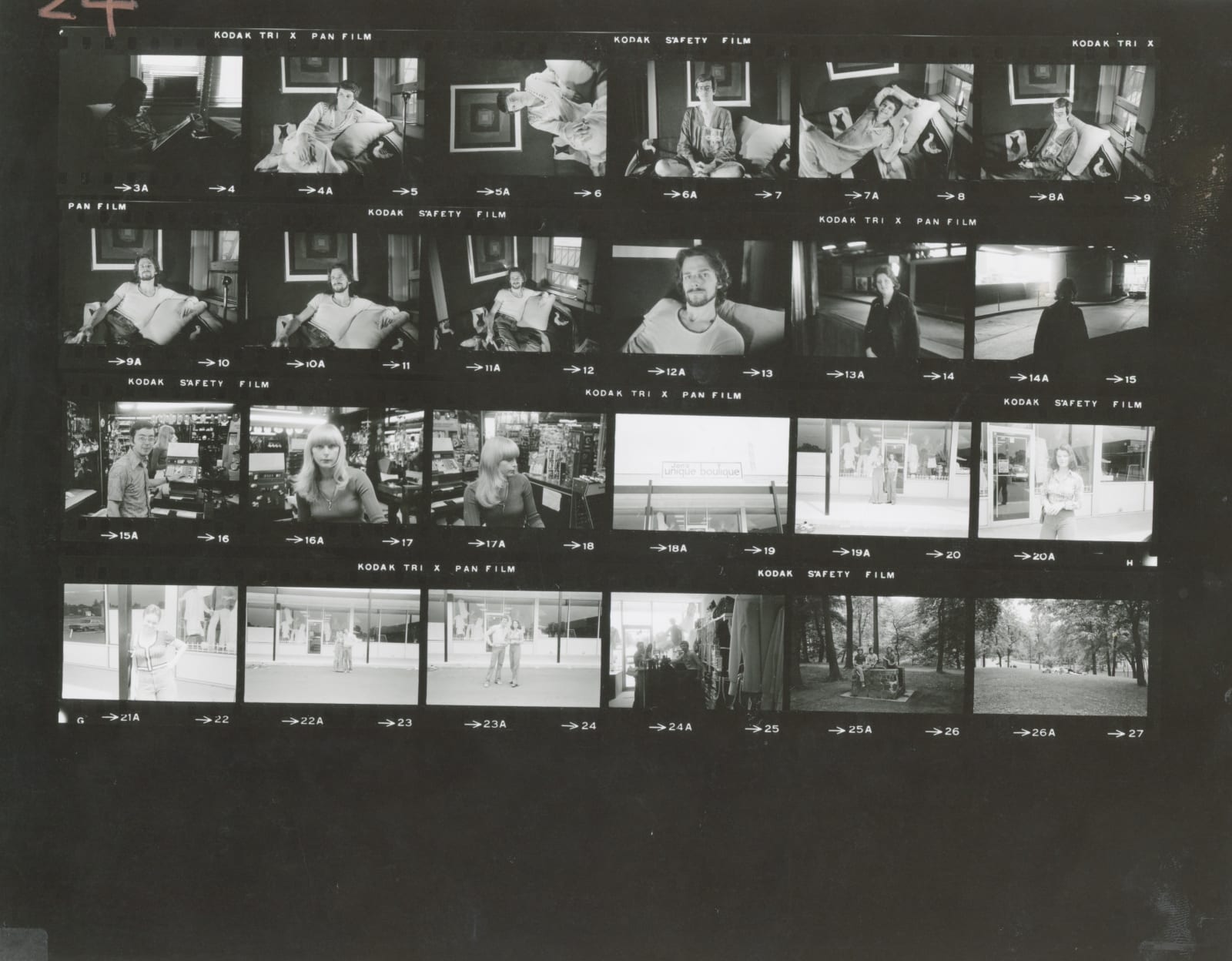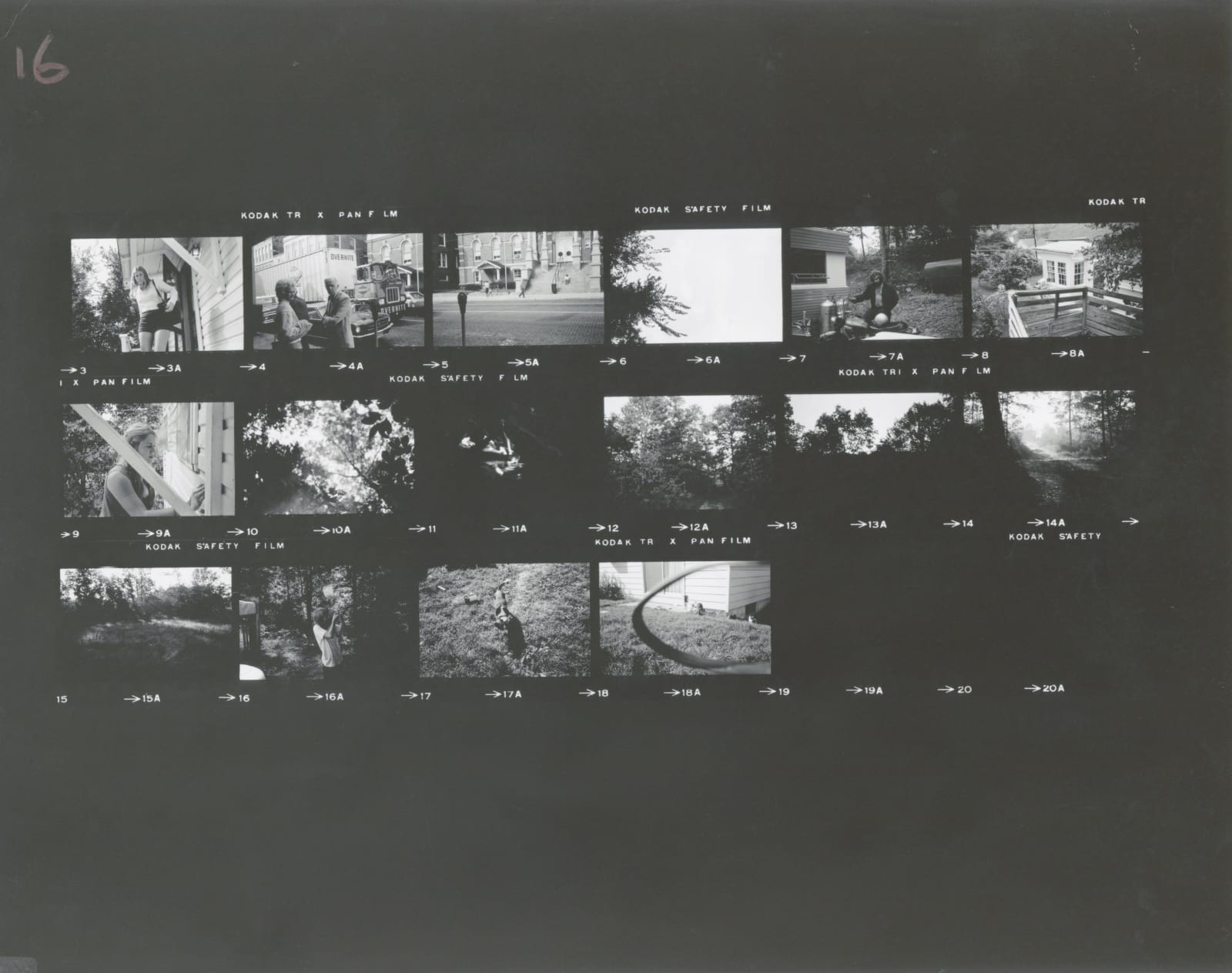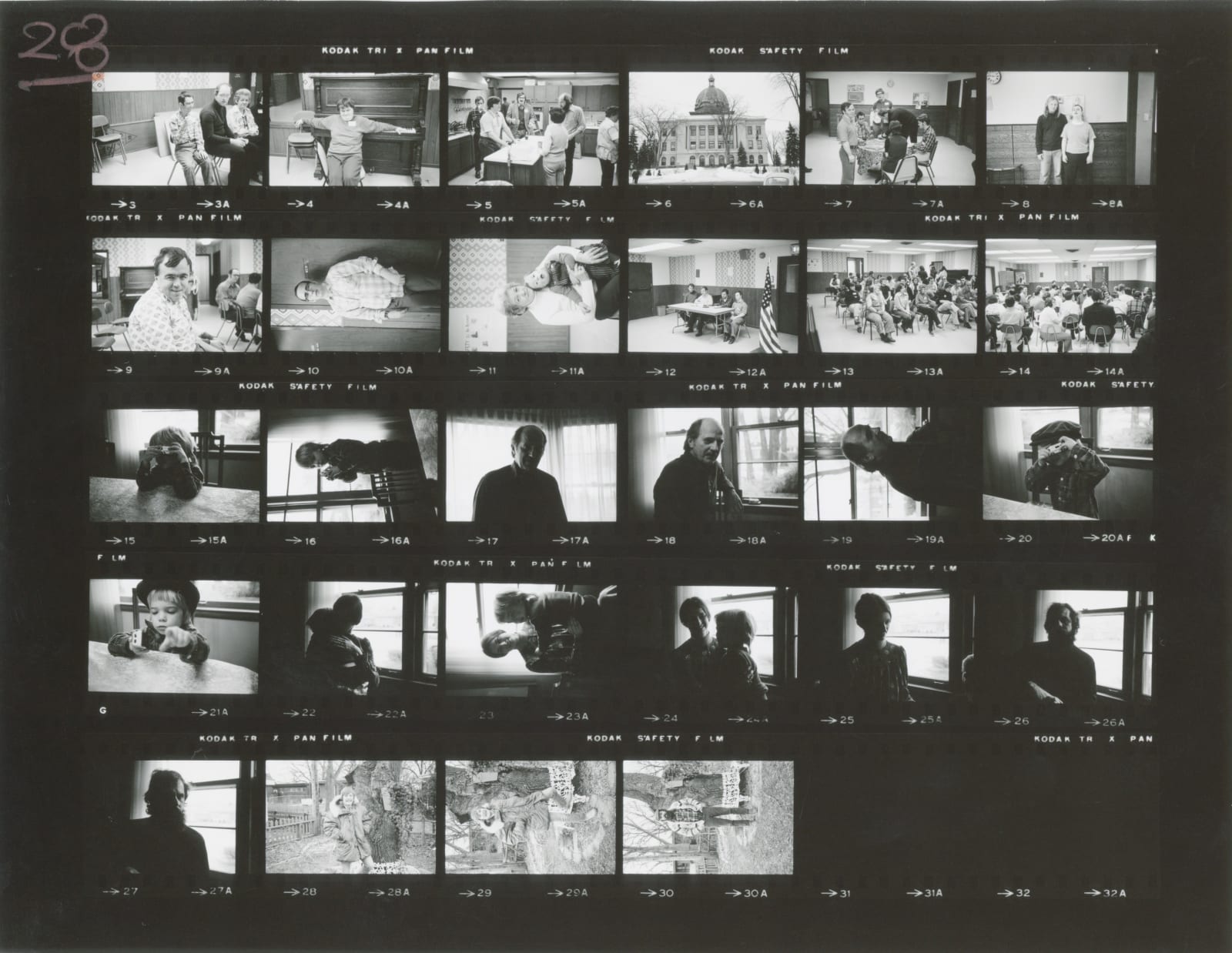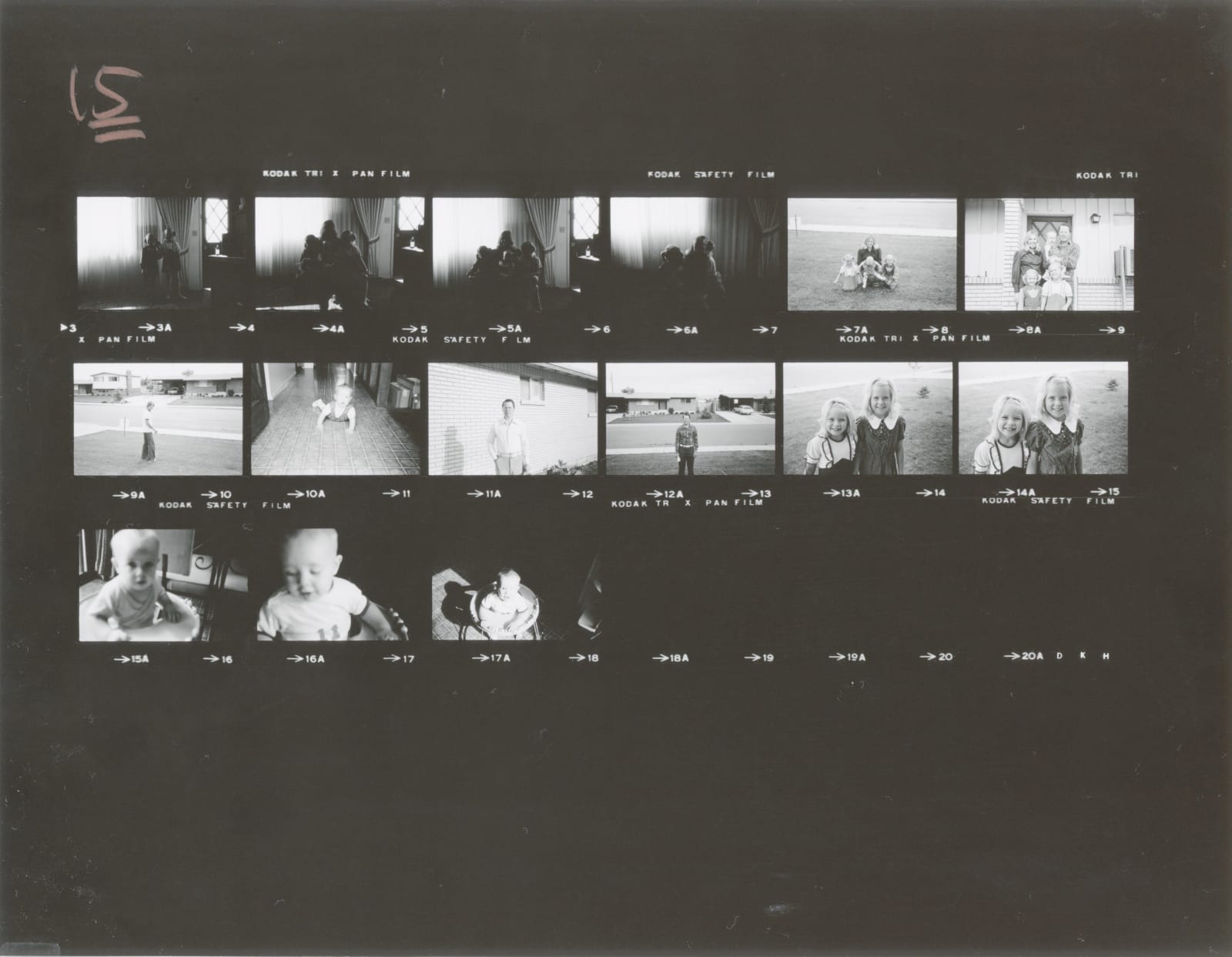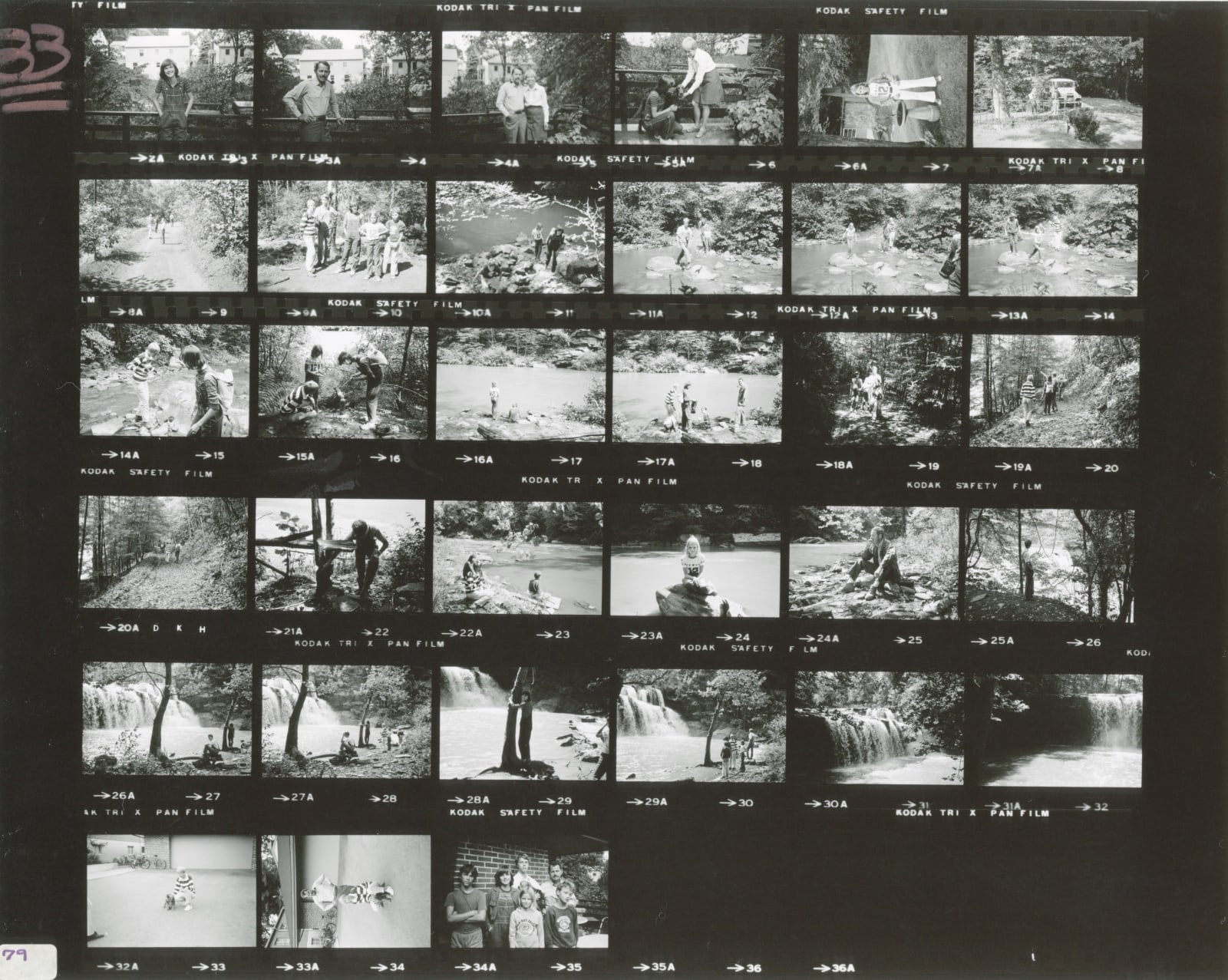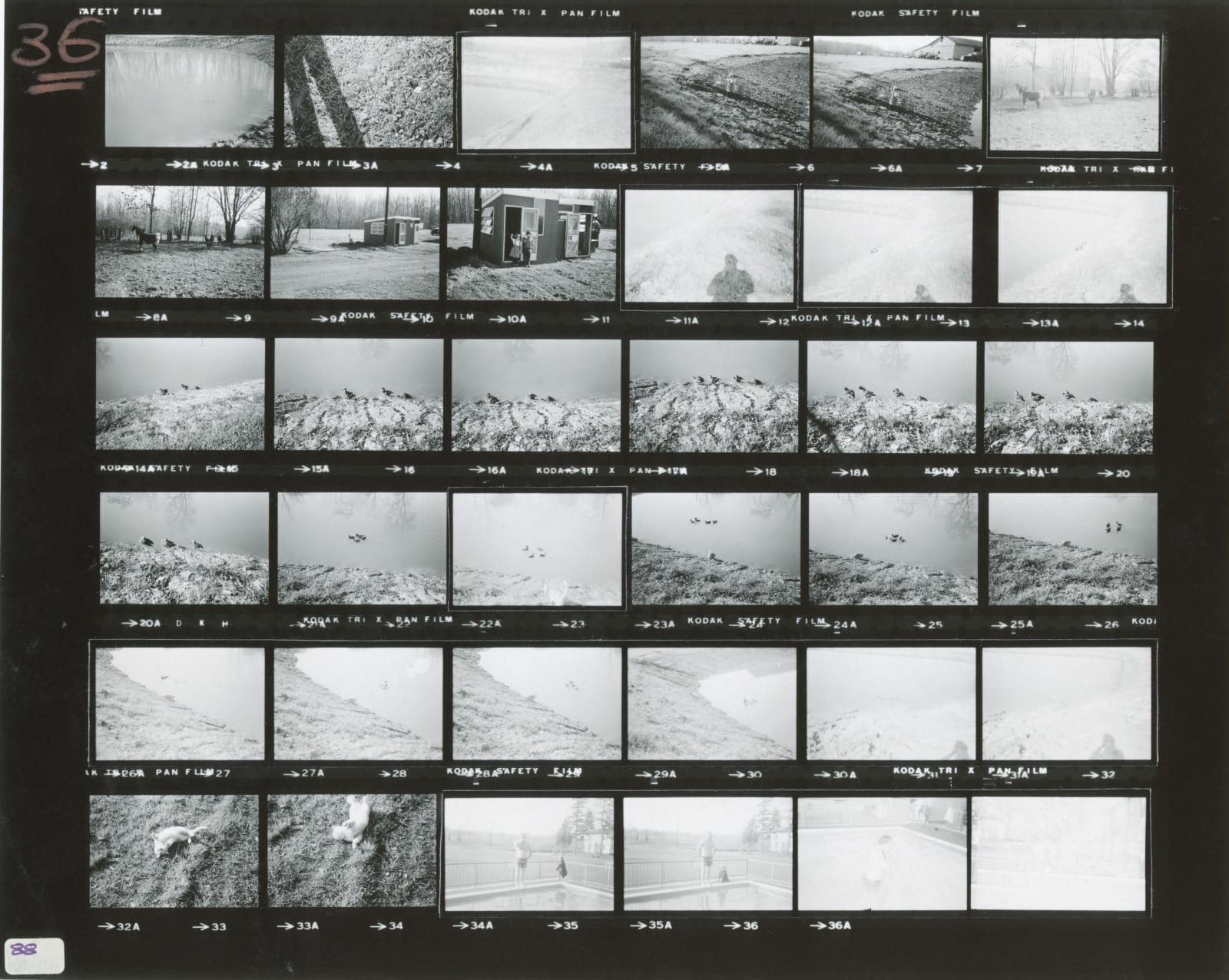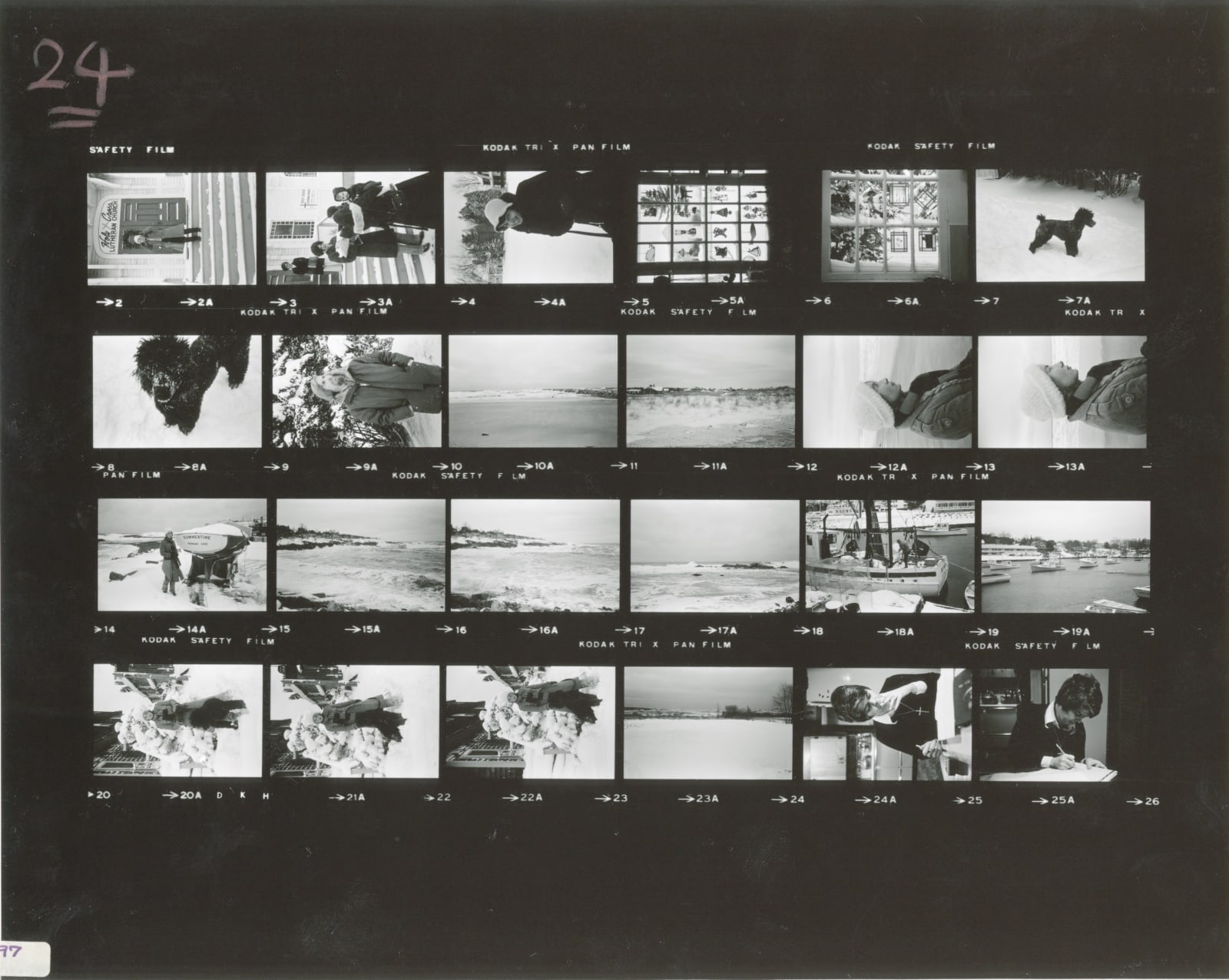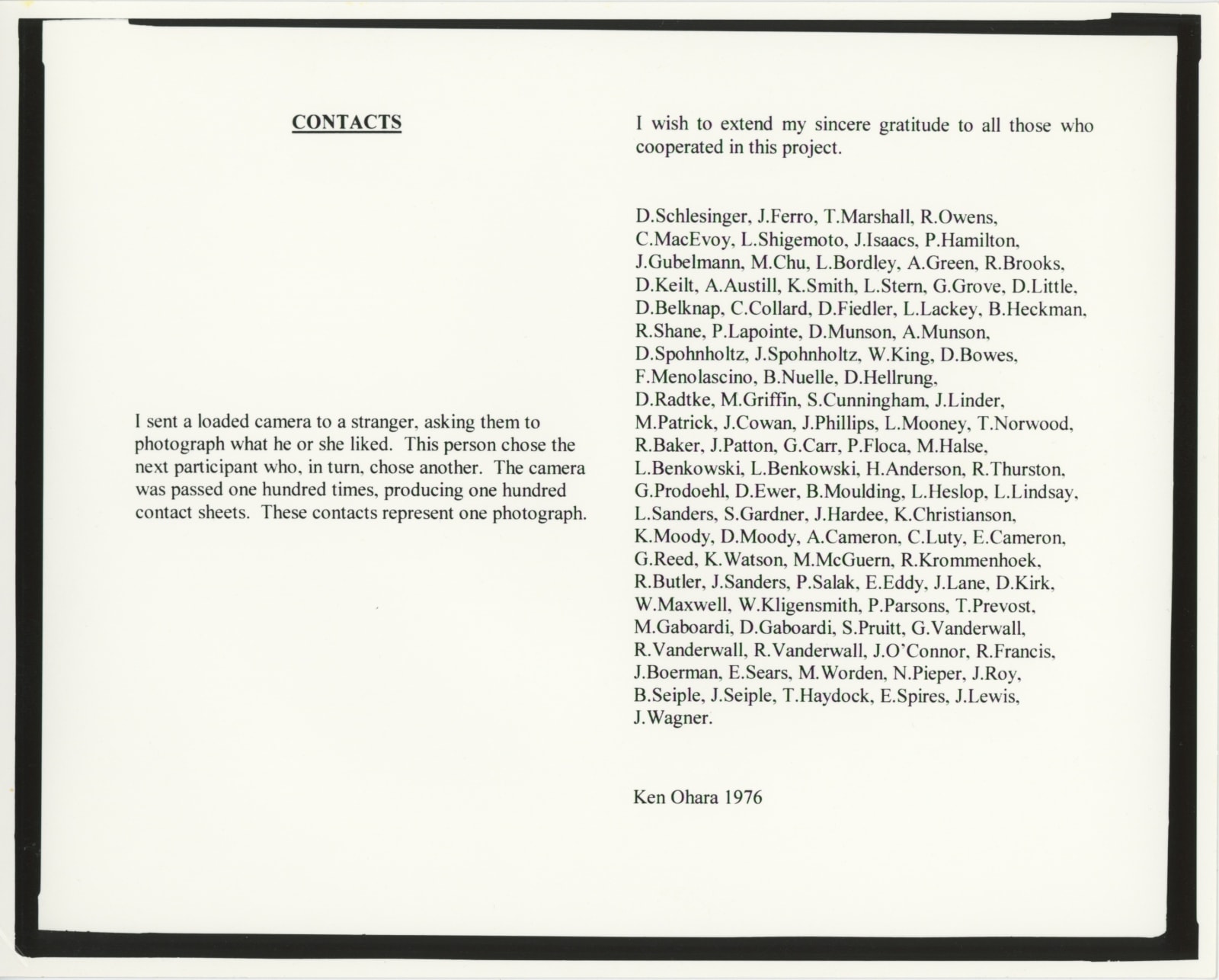"CONTACTS," a work resulting from LA-based photo artist Ken Ohara (b. 1942)’s socio-visual experiment from 1974 to 1976, has been acquired by the Whitney Museum of American Art in New York. This marks the third major acquisition of Ohara's work by a prominent American museum, following the Metropolitan Museum of Art in 2024 and the Smithsonian American Art Museum in 2017.
In 1974, with a Guggenheim Fellowship grant, Ohara conceived a portrait of America by ordinary Americans. To implement this idea, he mailed a camera to a stranger with instructions to photograph himself/herself and his/her family and friends. Each person who returned the camera with the film was asked to introduce another person whom Ohara would invite to this project next. Until the project achieved the 100th participant, Ohara managed to answer all their questions, shuttling a camera among them, developing the film, and sending an 8 x 10 print as a token of appreciation.
Ohara named the project “CONTACTS,” which has a double reference to contact with a stranger, and a contact sheet, which a photographer produces before making a print. In fact, as a final work, Ohara produced one hundred enlarged contact sheets by one hundred participants living in 36 out of the 50 US states. Ohara also kept all the materials, including his original instruction sheets, a camera and its shipping case, and the participants’ agreement "index" cards.
Ohara believes that photography has a democratic goal: to allow everyone to document their time and society if they can learn its simple mechanics. The idea of casually photographing familiar subjects stimulated and energized his participants. Moreover, he was amazed that passing a camera from one person to another fostered a sense of community that extended beyond their locales.
In 1976, closing up the project, Ohara thanked all one hundred participants and wrote: "{...} The camera was passed one hundred times, producing one hundred contact sheets. These contacts represent one photograph." “CONTACTS” exemplifies American vernacular photographs uniquely sampled and interconnected by Ohara’s expert oversight.
Ken Ohara (b. 1942) was born in Tokyo, Japan. After briefly studying photography at Nihon University, Ohara moved to New York City at the age of 19. From 1966 to 1970, he worked as an assistant for Richard Avedon and Hiro. In 1970, his first book, ONE, earned support from The Museum of Modern Art’s photography curator, John Szarkowski. In 1974, His work was featured in “New Japanese Photography,” a groundbreaking survey show at The Museum of Modern Art, New York. From 1974 to 1975, He was a recipient of a Guggenheim Memorial Foundation Fellowship, and for the following 15 years, he worked as a commercial photographer. In the 1990s, Ohara reemerged as an artist and participated in the “Ghost in the Shell: Photography and the Human Soul,” a 1999/2000 project at Los Angeles Country Museum of Art curated by Robert Sobieszek. In 2006/2007, the retrospective exhibition “Ken Ohara: Extended Portrait Studies” was held at Museum Folkwang, Essen, Germany and traveled to two other German museums. From 2023 to 2024, a group of Ohara's work was displayed as part of “American Voices and Visions: Modern and Contemporary Art” at Smithsonian American Art Museum’s reinstalled Modern and Contemporary Galleries.
